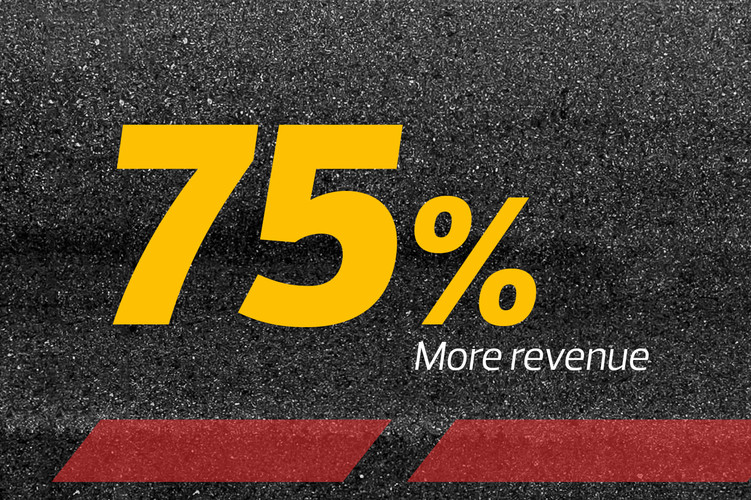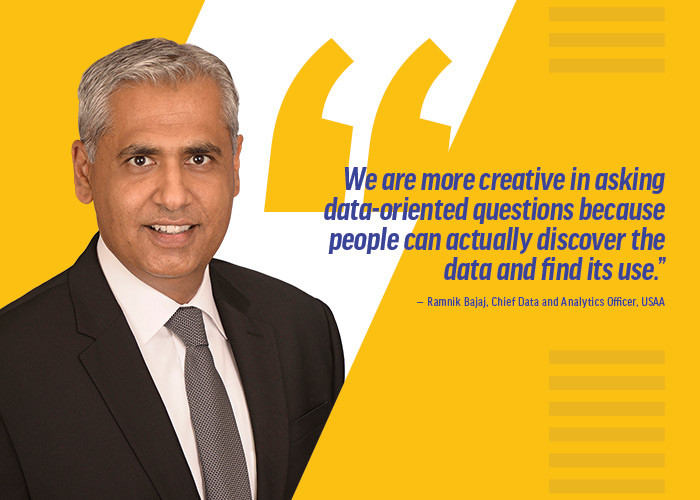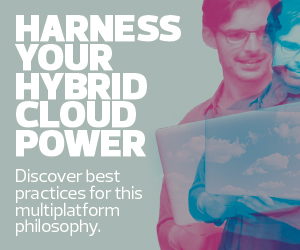“From that time lost, we can then infer how we can change their setup,” he says. “So, it’s trying to make each setup of the car specific to each driver to gain the maximum amount of lap time. Also, looking at each driver, we can see where one is quicker than another and give that feedback back to them to make adjustments.”
More organizations are leveraging data analytics platforms to remove friction in their decision-making, and the kind of rapid, real-time analysis ORBR does on race day is typical of the most successful analytics programs. Speed matters in every business, says Chandana Gopal, research director of IDC’s Future of Intelligence practice: “The market forces and the way that we operate change so quickly that if you’re not able to keep up and get the right data at the right point in time, you might be able to survive for the near term, but in the long term you’re going to have competitors that will outpace you.”
EXPLORE: How businesses can save millions with more efficient data centers.
USAA Unifies Data to Get Faster Insights
For more than a century, USAA has provided insurance, banking and other financial services to military members, veterans and their families. In many ways, the company’s core business is processing data to help customers, says Ramnik Bajaj, USAA’s chief data and analytics officer.
Data helps USAA make lending, credit and insurance underwriting decisions. Its data analytics evolution has been focused on making data readily available to business decision-makers and planners as well as frontline employees serving customers, Bajaj says.
“It’s a journey of becoming data-driven in our core products and our processes and in all of our thinking,” he says. “It starts with asking the right questions and having the tools to answer those questions with data and analytics.”
When Bajaj joined USAA in mid-2021, the company had all of its data in an on-premises IT environment. He led an effort to migrate the data to a Snowflake data warehouse on Amazon Web Services cloud infrastructure. USAA built an internal tool to let teams move data sets over an 18-month period, with governance to protect personally identifiable information.



















